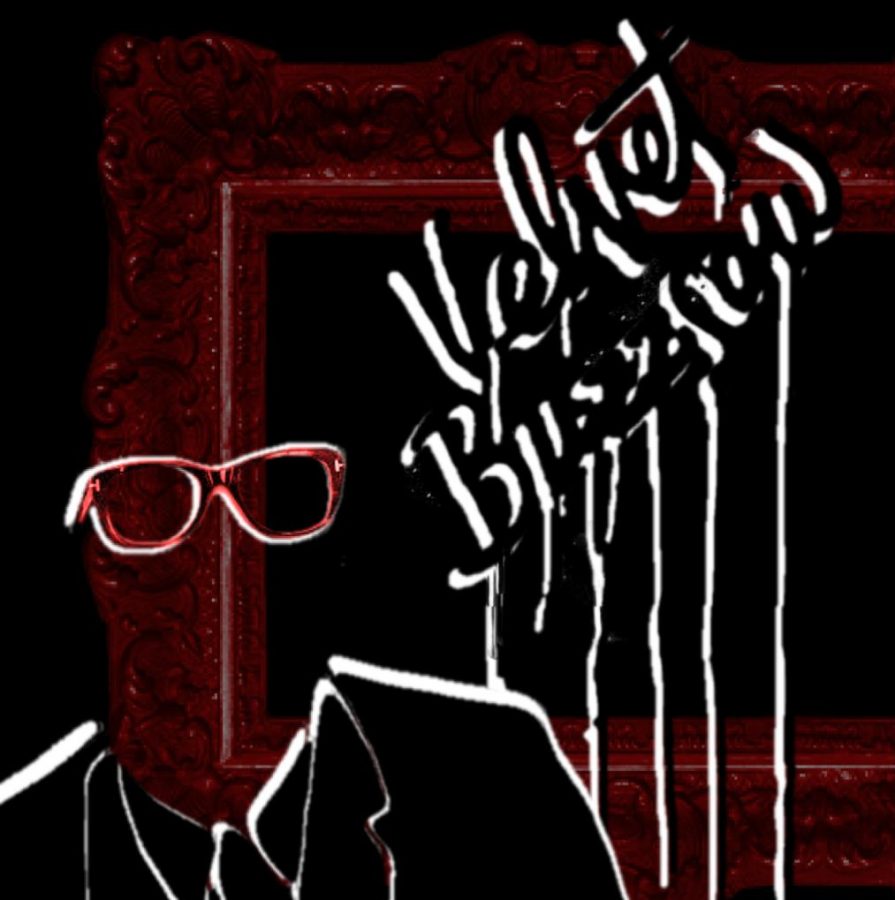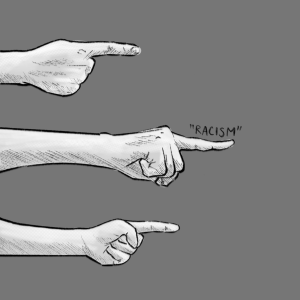Mediocrity in “Velvet Buzzsaw”
Velvet Buzzsaw was released on January 29th.
March 30, 2019
Falcon rating: 2.5/5
Just by reading the title, you can already correctly assume the level of subtlety and tone achieved in Velvet Buzzsaw. Attempting a very meta narrative, the film tries to dive into the position and purpose of art in our modern world, but can’t quite live up to its potential. Writer and director Dan Gilroy finds a somewhat easy target with the world of modern art, not-so-subtly bashing the people responsible for the exclusivity of art. But, sadly for Gilroy, he’s unable to see his own failings as a filmmaker, falling short in the same areas he attempts to critique.
After the death of an isolated painter, Vetril Dease, his collection is unearthed by Josephina (Zawe Ashton), an art curator at a prestigious museum who quickly realizes the possibility for financial gain. However, there is one small caveat: Dease specifically ordered every piece of his art to be completely wiped from Earth. Still, this is unable to halt Josephina’s greed—she steals the work from his vacated apartment so it can be presented to the art community and be dissected, torn apart, and critiqued until the next artist appears out of obscurity.
Soon, it becomes clear that some kind of supernatural happenings follow the paintings, dooming anyone who profits from the tormented soul of the now-dead painter. Haunted by the vengeful spirit of the exploited artist, renowned art critic Morf Vandewalt (Jake Gyllenhaal) and gallery owner Rhodora Haze (Rene Russo) both experience punishment for their corruption of Dease’s work. As the film edges towards its climax, it becomes more and more clear as to why these people deserve punishment. While they’re the benefactors of his creation, they still can’t understand why he spent his life creating a body of work for no one to see. It’s hard to understand that he did it purely for his desire to create.
However, as much as Velvet Buzzsaw likes to talk about the beauty of art, it’s unable to give itself the same appeal. Only bland, milky colors exude from each scene, as if they were edited out. What would be a bright and sunny Los Angeles instead appears as a hollow shell. This idea could have even furthered the theme of how soulless these characters are, but without any development, all it serves to do is make the film visually unpleasant. It’s sad to see something this unimpressive from somebody as seemingly capable and talented as Gilroy. His previous works, including Nightcrawler, were so phenomenal that seeing this decline in quality is incredibly disheartening. Velvet Buzzsaw is left disappointingly feeling like any other bland Netflix original.
Because it couldn’t find its footing to actually tell its story, Velvet Buzzsaw stands as a film with more ambition than ability. I applaud the story it’s trying to tell, but I’m only able to judge what’s on the canvas, and in all honesty, it’s more than a little disappointing.
This piece also appears in our March 2019 print edition.












